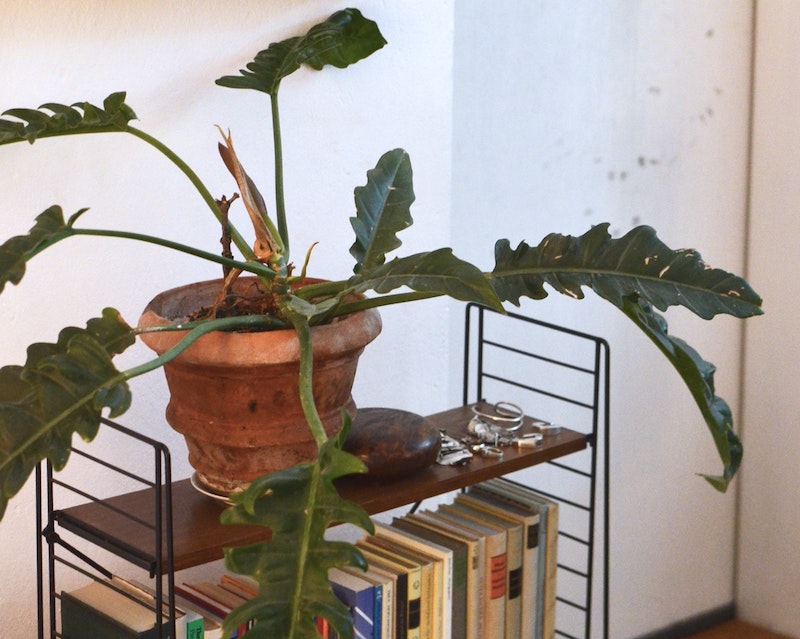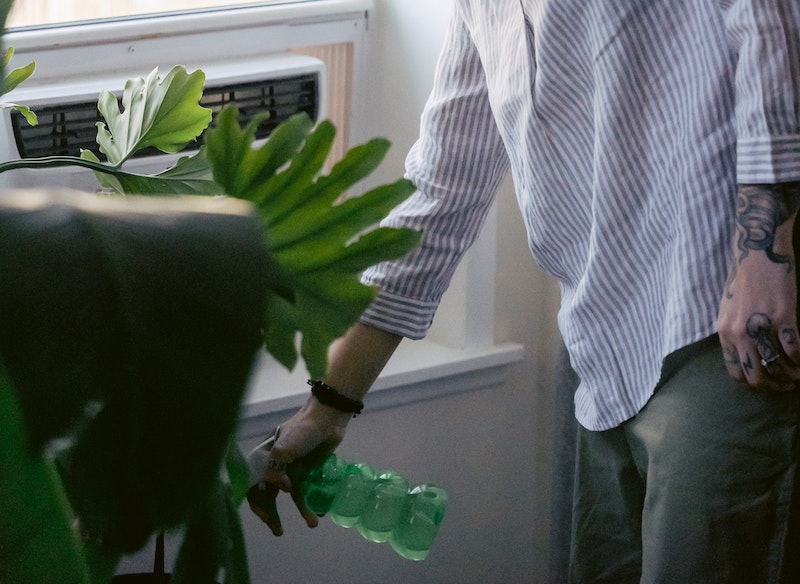Philodendron Is Dying
Philodendrons are tropical plants native to Central and South America and are extremely popular among houseplant enthusiasts. This large family of plants contains over 450 different varieties, all with stunning foliage. Philodendrons are also popular houseplants for being easy and adaptable to many environments.
Philodendrons prefer bright indirect sunlight but will tolerate brief periods of shade. These plants grow under forest canopies and are used to receiving dappled, partial sunlight. You should keep your philodendron’s soil moist and never soggy. Many species of philodendrons are able to tolerate brief periods of dryness. Allow the soil to partially dry out between waterings in order to reduce the chance of root rot. The soil should also be well aerated and able to drain excess water. High humidity will keep your philodendron’s foliage looking its best.

To ensure optimal health, you should fertilize these plants regularly throughout the spring and summer growing season. Even seasoned gardeners have issues with things like malnourishment, disease, and pests. The information below can help you work through some of these common problems when growing your philodendron.
Philodendron Leaves Turning Yellow
Often when philodendron leaves turn yellow, the plant is suffering from fungal Rhizoctonia sp. infection, or, what is commonly referred to as “root rot”. The affected philodendron will often show signs of decline in the lower leaves first. Plants with root rot will typically need to be repotted in fresh, well-draining potting soil. Use a clean pot and sterile potting mix for transplanting. Avoid overwatering in the future as this is one of the main causes of root rot.
Make sure that you are following the instructions on fertilizer packages. Over-fertilization can occasionally cause leaves to turn yellow too. This can show up all over the plant, unlike root rot, which typically shows up on the bottom leaves first.

Philodendron Pests
Philodendrons are susceptible to a number of different pests. Scale and mealybugs are generally caused by too much moisture, whereas spider mites are caused by low humidity levels and dryness. Fungus gnats can show up when potting soil remains soggy for too long. Make sure that the soil is well aerated and able to drain excess water.
Another tip for reducing the number of pests is to keep foliage clean. Use a microfiber cloth or glove to wipe off dust from your plant’s leaves. A dual benefit of dusting leaves is that the plant will be better able to photosynthesize. Use an insecticidal soap in cases of large infestations.

Philodendron Diseases
Philodendron plants are susceptible to a few different plant diseases. These include bacterial leaf spot disease and bacterial blight. The most common causes are from poor or improper care. Things that may stress your plant and cause disease are poor drainage, lack of sunlight, temperature extremes, and too many nutrients from overfertilizing.
Ensure that your philodendron is in an area with good airflow. This will cut back on excess moisture in the potting medium. Don’t let water sit on the leaves for too long since this can lead to fungal infection. Treat plants with a fungicide as needed, and make sure to quarantine infected plants until they heal.
Philodendron Not Blooming
Philodendrons are grown for their foliage and rarely bloom indoors.
 |
Author Chris Link - Published 4-3-2023 |
